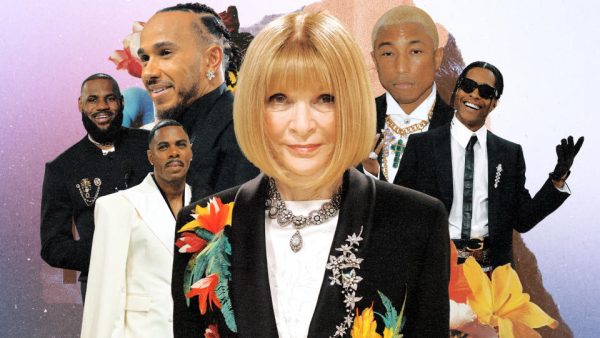Daniel Murphy’s Spotify Year Wrapped
A look into over 200 thousand minutes of music.
Close your eyes. Imagine it’s the year 2009. You’re listening to music on your brand new iPod Nano and shuffling through your parents’ playlist on iTunes. Your selection is limited to only what has been previously purchased and downloaded. Now, fast forward ten years. It’s 2019, and you just downloaded yet another playlist created by your friend with 48 hours of music and hundreds of songs. Sounds expensive right? Wrong. Besides your monthly payment of $7.99, this plethora of music comes to you completely free of charge. With the power of streaming services such as Spotify, we now have a nearly infinite bank of music waiting for us to discover. However, this may seem like an overwhelming experience for those of us intimidated by selecting a single song out of 30 million.
Luckily for us, the brilliant software engineers at Spotify have solved this problem more than adequately with the analysis of big data. You may have seen social media posts recently as Spotify users flaunt one of Spotify’s greatest data analysis features known as “Your Year Wrapped”. This detailed annual report provides users with information on their streaming such as top artists, songs, and genres. However the best part of this feature is certainly the new music suggestions Spotify provides you with by observing your streaming data for the year and comparing it to the data of others and finding similarities in genres and artists in order to find songs and artists you may enjoy. This system works nearly flawlessly as it uses the likes and dislikes of other listeners in order to predict what music may suit you best.
Because this system is heavily complicated, I have decided to interview an avid Spotify user, Daniel Murphy, in order to have a better understanding of the accuracy and usefulness of Spotify’s analysis of his streaming data. I first asked if he found “Your Year Wrapped” useful and he said, “I mean it was interesting to see a compilation of music I’ve listened to. It was funny to see different periods of music I’ve listened to.” He said he wasn’t surprised by a whole lot of what it told him other than “that “Skeletons” was [his] top song of the year.” Daniel claimed to have listened to an astonishing 202,412 minutes of music this year. As I could have predicted, his top artist was “Travis Scott”, however, he does not consider Scott to be his true favorite artist. He claims that his favorite artists, in order, are “Saba, Travis Scott, A$AP Rocky, Tyler, the Creator, and Drake” and he was very clear that he meant old Drake not new. I asked if he plans on exploring further into his top genre of “Pop Rap”, and he said, “I’ve already heard it all and my true favorite genre is more like trap I guess.” I also asked him if there are any genres that he would like to explore more after learning what he listened to most ad he said, “Alternative rock”, and he started to discover this genre because, “[he] would just listen to songs other people played and started liking it. Indie rock too.” In total, he listened to Travis Scott for 205 hours this year. That’s more than eight and a half days of Travis Scott. I was perplexed as to how he made time to listen this often and he claimed he always listens with his friends in the car because “it’s the best way to experience music.”
After interviewing Daniel, I have concluded that Spotify is highly effective in assessing our data and providing us with detailed analysis. When our parents and grandparents dreamt of the future, they probably saw hoverboards and flying cars whizzing around above our heads. Instead, we have technology such as Spotify that could be considered even more revolutionary. With the power of big data analysis, we have the ability to learn more about ourselves in ways that we could never be capable of on our own. Other streaming services use similar tactics such as Netflix and Hulu in order to provide data about what movies and tv shows we would like just as Spotify does with our music. In a world where streaming services such as Spotify consistently provide us with new songs to listen to, we find it easier and easier to discover the genres we like and and dive deeper into those we already love.








